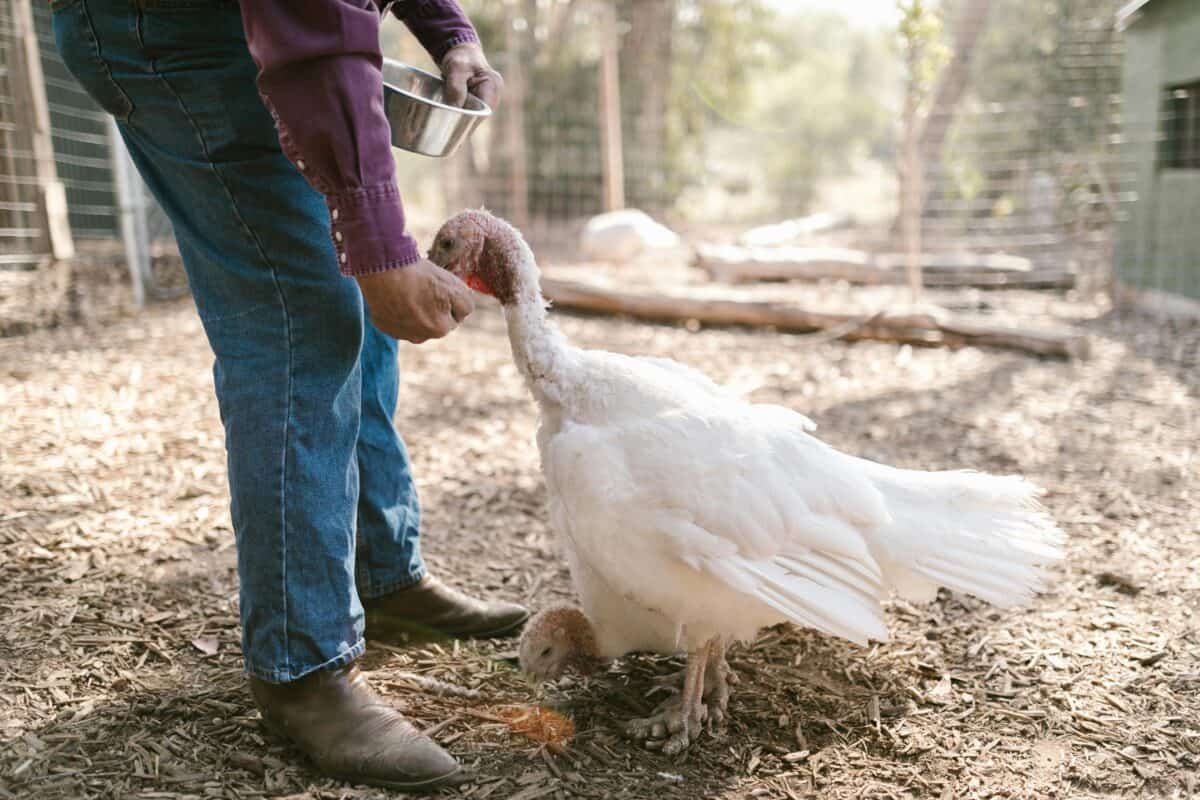In a year of unusual wildlife sightings, one ghostly visitor is causing a stir—a stunning white wild turkey turning up in American neighborhoods. With its snow-colored feathers and majestic strut, the rare bird has been spotted from Texas to Wisconsin, leaving locals both amazed and a little bewildered.
A Surreal Visitor in the Yard
Imagine looking out your window and seeing what looks like a feathered spirit strutting through your yard. That’s exactly what happened over Easter weekend in Freestone County, Texas. A homeowner recorded a large, brilliant white turkey moving confidently among a group of typical brown wild turkeys. It wasn’t a domestic bird—this one had the wild behavior and body structure of a native species, just cloaked in bright white.
Other residents in Mississippi, Wisconsin, and even parts of the Northeast reported similar sightings—some caught on doorbell cameras or shared in local wildlife groups. One thing’s certain: these aren’t ordinary birds.
Why This Turkey Is So Rare

Before we jump to conclusions, let’s understand why this white turkey is so extraordinary. It’s not a regular breed or a lost farm animal.
- Genetic mutations at play: These birds may be albino (completely lacking pigment, often with pink eyes), or more likely, leucistic (partial loss of pigmentation with normal-colored eyes). Either way, they are incredibly rare.
- Odds of appearance: True albino wild turkeys occur in roughly 1 out of every 100,000 births. Leucistic types are only slightly more common.
- No camouflage, no mercy: Because they stand out like beacons in the woods, these birds have a harder time avoiding predators. If an adult white turkey is seen in the wild, it has beaten serious survival odds.
- Internet famous: Several of these birds have gone viral on social media, sparking everything from concern to fascination. Many birders and hunters confirm they’ve never seen one in decades of outdoor experience.
What Should You Do If You See One?

Seeing a white wild turkey is a lucky event—but it comes with responsibility. Here’s how to react if one shows up in your area:
Take a moment to enjoy the rare sight, but don’t try to feed or capture it. These are wild birds, and human interference often does more harm than good. If possible, keep your distance, reduce loud disturbances, and avoid tagging locations if you share photos online. You can also report the sighting to your local wildlife authority—they often collect this kind of data to track population health and genetic anomalies.
Why These Sightings Matter
Beyond being a great story, these rare turkeys tell us a lot about genetics, survival, and habitat health. When such anomalies show up more frequently, it could indicate shifts in the local turkey population or suggest that small pockets of isolated birds are beginning to inbreed.
Wildlife biologists are especially interested in these birds because they provide insight into natural selection. While a white wild turkey may not be ideally equipped for stealth in the forest, the fact that one survives long enough to be seen shows resilience—and sometimes, luck.
Nature Always Has a Surprise in Store
White wild turkeys aren’t just beautiful oddities—they’re reminders that nature is always evolving and full of surprises. While they might seem magical or out of place, they are part of the same wild ecosystem as every other turkey—just dressed for a different season.
- Bride Surprises Groom With Rescued Animals at Bachelor Party - August 7, 2025
- White Deer Duo Stuns Iowa Family on Backroad Drive - August 1, 2025
- Iguana Fell and Hit Florida Man in the Face During Cold Snap - July 18, 2025

